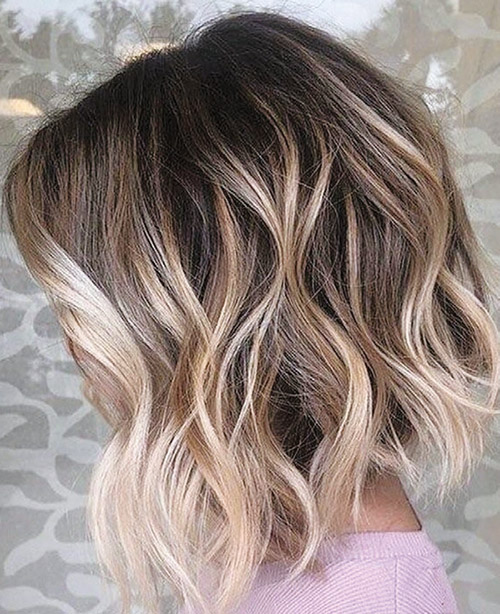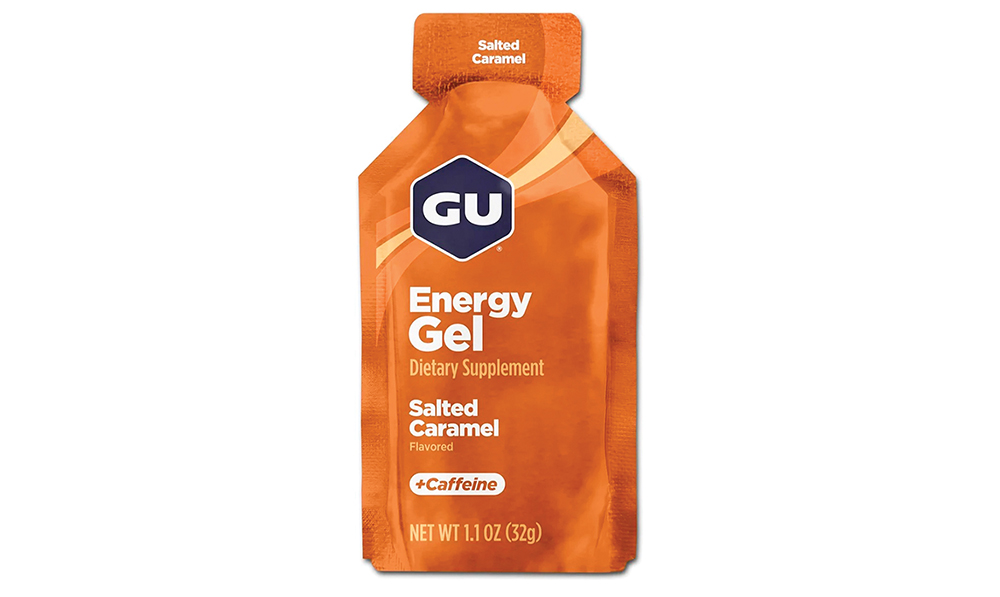


We’ve all been there: While skimming the latest celebrity magazine, we come across a new hair color, highlight or color trend that we must try ourselves. We hand over the inspiration to our stylist, hoping that they can make us look as great as the eye-catching original. But upon the final “reveal,” we’re sorely disappointed with the results, which don’t appear quite as glamorous as we had hoped.
I can’t begin to tell you how many of my clients tell me the same story. Personally, I fell in love with a piece I created for a client, and used it as an inspiration to create a new Pesach look for myself. Since our skin tones are complete opposites, I knew I couldn’t duplicate her exact look, but I made some adjustments to complement my complexion. I used the same highlighting technique I did for her piece, but adjusted the tone to create a piece that would look good on me.
Choosing the correct hair color and tone (hue of warmth or coolness) is central to your overall look. At a department store, there are hundreds of racks of clothing to choose from, each displaying an array of fabrics, colors and textures. As women, we know what colors suit us, as well as those that don’t quite make the cut.
Shopping for a new hair color is similar to shopping for clothing. Determining the correct hair color, tone and shade for your skin type will give you a younger, healthier glow. It can also enhance your eye color and balance out any skin imperfections. The wrong color can make you appear dull, lifeless and “washed out.”
With the infinite colors, shades and tones available, as well as the recent explosion in various technical applications, it can be difficult to figure out what colors work best for you. The first step is to disregard any old rules you’ve heard about hair colors and coloring techniques. These areas have advanced immensely, allowing you to try out nearly any hair color, provided it’s the right tone to complement your skin.
With all this talk about tone, you’re probably wondering how to figure out what skin tone you have. Determining your skin tone is easy, requiring only a few household items. You will need a handheld mirror, a green or blue shirt (to determine if you have cool skin tones) and a red or yellow shirt (to detect warm skin tones). You’ll also need to remove all your makeup—yes, ALL of it—and go outside to take advantage of the sun’s natural light.
Hold up each of the shirts against your skin, and use the mirror to determine which of the two colors better complements you. If your skin looks better against the blue or green shirt, then you mostly likely have cool skin tones. If you prefer the red or yellow shirt, you probably have warm skin tones. If you look great in both, lucky you—you have neutral skin tones and can pull off almost any color. Another way to determine your skin tone is to examine the veins on the inside of your wrist under natural sunlight. If you have blue or purple veins, you probably have cool skin tones. If your veins appear more green, you likely have a warmer skin tone.
Now that you’ve determined your skin tone, you’ll need to choose the hair tone that complements that tone. Remember: Hair tone is not the same as hair color. Hair color is how dark or light the hair is, while the hue that the hair gives off is the hair tone. To prevent a washed-out appearance, choose a hair tone that is the opposite of your skin tone.
If you have warm skin tones, you’ll want to choose a cool-toned hair to complement it. Cool-toned hair is often described as “ashy,” and includes platinum blonde, champagne, sand and beige. These colors work well on those individuals with cool skin tones and reddish undertones. The slightly blue tint in these blondes help to counteract the ruddiness of one’s skin.
While your instinct may be to go warm for spring, cool-toned hair is more unusual. To prevent these colors from taking on a yellowish hue (an all too common occurrence in blonde hair), wash with “the purple shampoo,” and make sure to tone the hair. Warm undertones also complement an array of darker colors, such as chestnut, mocha, dark chocolate and dark auburn. These cool browns help to brighten skin with yellow undertones.
If you have cool skin tones, try to choose from the broad range of warmer hair tones. These tones can hide skin imperfections and help to convey a youthful appearance. Warm colors include honeys, chocolates, golden blondes, golden browns, amber, mahogany and cinnamon. These colors require frequent toning in order to avoid a brassy (red-orange) appearance. This spring’s coolest take on blonde is super-bright, but still warm, as in Emma Roberts’s brand new shade of blonde. This warm blonde shade works great on cool skin tones. It allows one to go super-light blond without looking washed out.
You can pull off nearly any hair color or highlights when using the correct tone, so have fun, consult with your wig stylist and don’t be afraid to try out that look you’ve had your eye on!
Sari Friedbauer is the owner of Sari’s Wigs. She is a licensed cosmetologist and certified wig maker. She is available for consultations and can be reached via text at 201-694-5319. Please follow her on Instagram @sariswigs.











